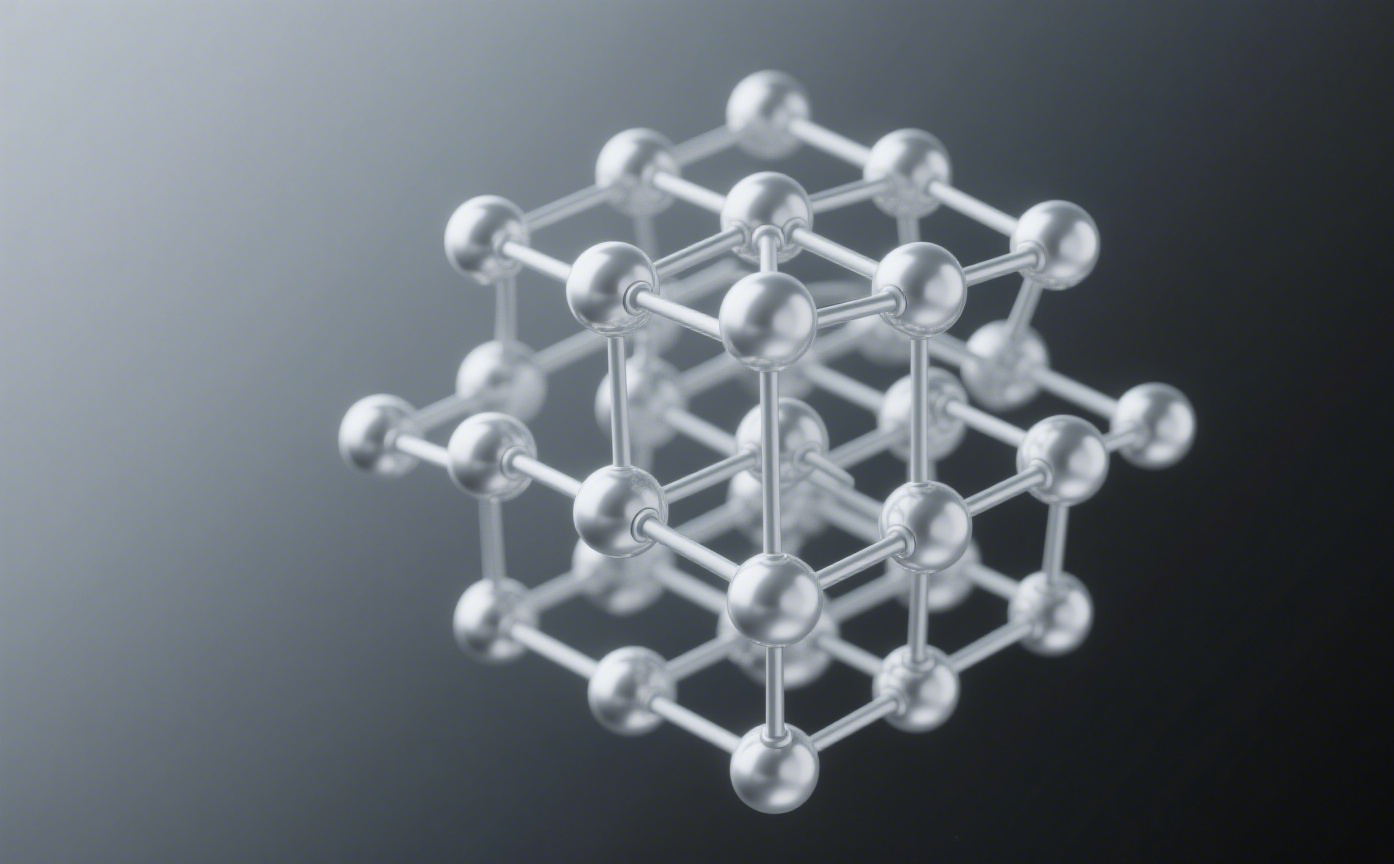Main Characteristics of Aluminum and Aluminum Alloys
The properties of aluminum and aluminum alloys are determined by their composition and microstructure, which directly influence the selection of processing (especially welding) processes and the adaptation to application scenarios. The following is a detailed explanation from three aspects: physical properties, chemical properties, and mechanical properties:
Physical Properties
Adding alloying elements such as magnesium, manganese, silicon, copper, and zinc to pure aluminum can form aluminum alloys with higher strength and wider applications. However, their core physical characteristics still show distinct “aluminum-based” features, specifically manifested as follows:
1.1 Thermal Expansion and Contraction Characteristics
The linear expansion coefficient of aluminum and aluminum alloys is approximately twice that of steel, and the volume shrinkage rate during solidification reaches about 6.5%. This characteristic causes aluminum alloy workpieces to not only be prone to hot cracking due to local temperature differences during heating (e.g., welding) but also to significant welding deformation due to differences in overall thermal expansion and contraction, requiring targeted control in the processing.
1.2 Oxide Film Characteristics
Aluminum has an extremely strong affinity for oxygen. In the air, it can quickly form a high-density (3.85g/cm³) aluminum oxide (Al₂O₃) film, whose melting point is as high as 2050℃—far higher than the melting point of aluminum alloys themselves (around 600℃). During welding, this oxide film directly hinders the effective fusion of molten metal and is a key obstacle affecting welding quality.
1.3 Light and Heat Reflection Characteristics
Aluminum and aluminum alloys have strong reflection capabilities for light and heat. When heated to the molten state, there is no obvious color change, making it difficult to directly judge the heating temperature through vision. Therefore, professional temperature measurement tools are required for real-time monitoring.
Chemical Properties
Aluminum has high chemical activity and ranks high in the metal activity series, but its chemical stability mainly depends on the protective effect of the surface oxide film. The specific rules are as follows:
2.1 Room-Temperature Oxidation and Corrosion Resistance
At room temperature, aluminum quickly forms a thin, dense, and firmly bonded to the matrix aluminum oxide (Al₂O₃) film when in contact with air. This film can effectively prevent oxygen from diffusing into the metal interior, thereby inhibiting further oxidation of aluminum and endowing aluminum alloys with basic corrosion resistance—which is the core reason why aluminum alloys can be applied in humid and slightly corrosive environments.
2.2 Influence of Impurities on Chemical Properties
When the content of impurities (such as iron, copper, etc.) in aluminum alloys increases, the continuity and density of the surface oxide film will be destroyed, leading to a significant decrease in corrosion resistance. At the same time, impurities also indirectly affect electrical conductivity (e.g., increasing electron transfer resistance). For this reason, high-purity aluminum (such as the 1××× series) is more suitable for electronic conductive scenarios (e.g., conductive components in the electronics industry).
2.3 Difficulties in Chemical Control During Welding
During the welding process, the aluminum oxide film has high stability (not easy to decompose at high temperatures) and poor solubility (difficult to fuse with molten metal), which will directly cause welding defects such as incomplete fusion and pores. To ensure the metallurgical bonding quality of welded joints, it is necessary to completely remove the oxide film through process measures such as mechanical grinding, chemical cleaning (e.g., pickling), and inert gas protection (e.g., TIG welding).
Mechanical Properties
There are significant differences in mechanical properties between pure aluminum and aluminum alloys, which mainly depend on the type and content of alloying elements as well as subsequent processing and heat treatment processes. The specific rules can be summarized as follows:
3.1 Mechanical Limitations of Pure Aluminum
Pure aluminum has excellent plasticity and good cold and hot processing properties (e.g., stamping, rolling), but its mechanical strength is extremely low—the tensile strength in the annealed state is only 60~100MPa. It cannot withstand large loads, so it cannot be used as structural parts or load-bearing components.
3.2 Regulation of Mechanical Properties by Alloying Elements
By adding alloying elements such as manganese, magnesium, copper, zinc, silicon, and rare earth elements to pure aluminum, its crystal structure and phase composition can be changed, thereby optimizing its mechanical properties:
– Core strengthening mechanisms: Alloying elements improve the mechanical properties of aluminum alloys mainly through two methods: solid solution strengthening (e.g., magnesium and manganese dissolve in the aluminum matrix to hinder dislocation movement) and age hardening (e.g., copper and zinc form intermetallic compounds with aluminum, which are dispersed in the matrix to improve strength).
– Performance change rules: Generally, with the reasonable increase in the content of alloying elements, the strength (tensile strength, yield strength) of aluminum alloys will increase accordingly, while the plasticity (elongation) will decrease correspondingly. It is necessary to balance the composition ratio according to the application’s requirements for “strength-plasticity”—for example, the 5××× series Al-Mg alloys focus on “medium strength + high plasticity”, while the 7××× series Al-Mg-Zn-Cu alloys focus on “high strength + medium plasticity”.
3.3 Influence of Processing and Heat Treatment on Mechanical Properties
– Cold working(e.g., cold rolling, cold drawing) can further improve the strength of aluminum alloys through “work hardening”; heat treatment (e.g., solution treatment + quenching + aging) can achieve precise regulation of mechanical properties by controlling the precipitation state of intermetallic compounds (e.g., 2024 duralumin can increase its tensile strength from 160~220MPa in the annealed state to 312~460MPa after quenching and aging).
– Influence of welding high temperature: Most aluminum alloys used for welding are cold-worked or heat-treatment-strengthened types, but the high temperature during welding will damage the original strengthened structure. For heat-treatment-strengthened aluminum alloys (such as the 2××× series and 7××× series), high temperature will cause the precipitated strengthening phases to dissolve or coarsen, leading to a significant decrease in the mechanical properties (especially tensile strength) of welded joints. The degree of decrease is directly related to the existence state of alloying elements in aluminum (e.g., the type and size of strengthening phases), and “post-weld heat treatment” is required to partially restore the properties after welding.

